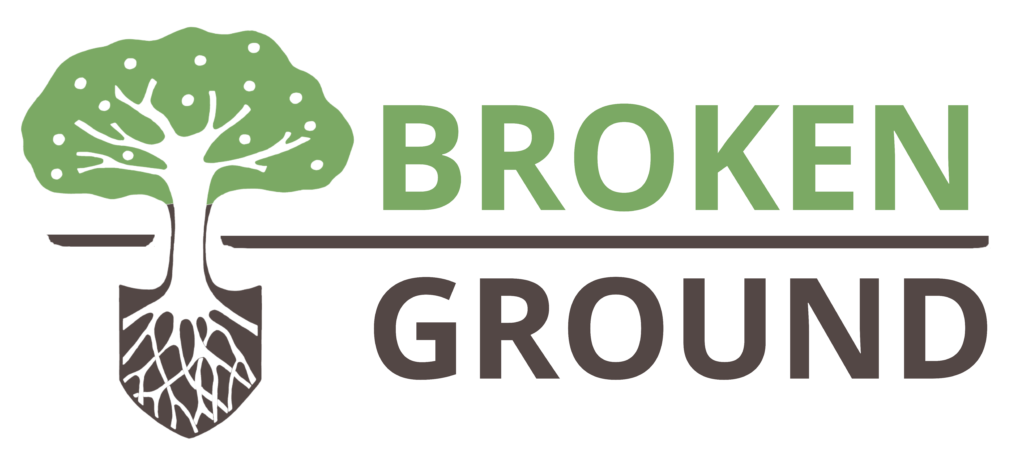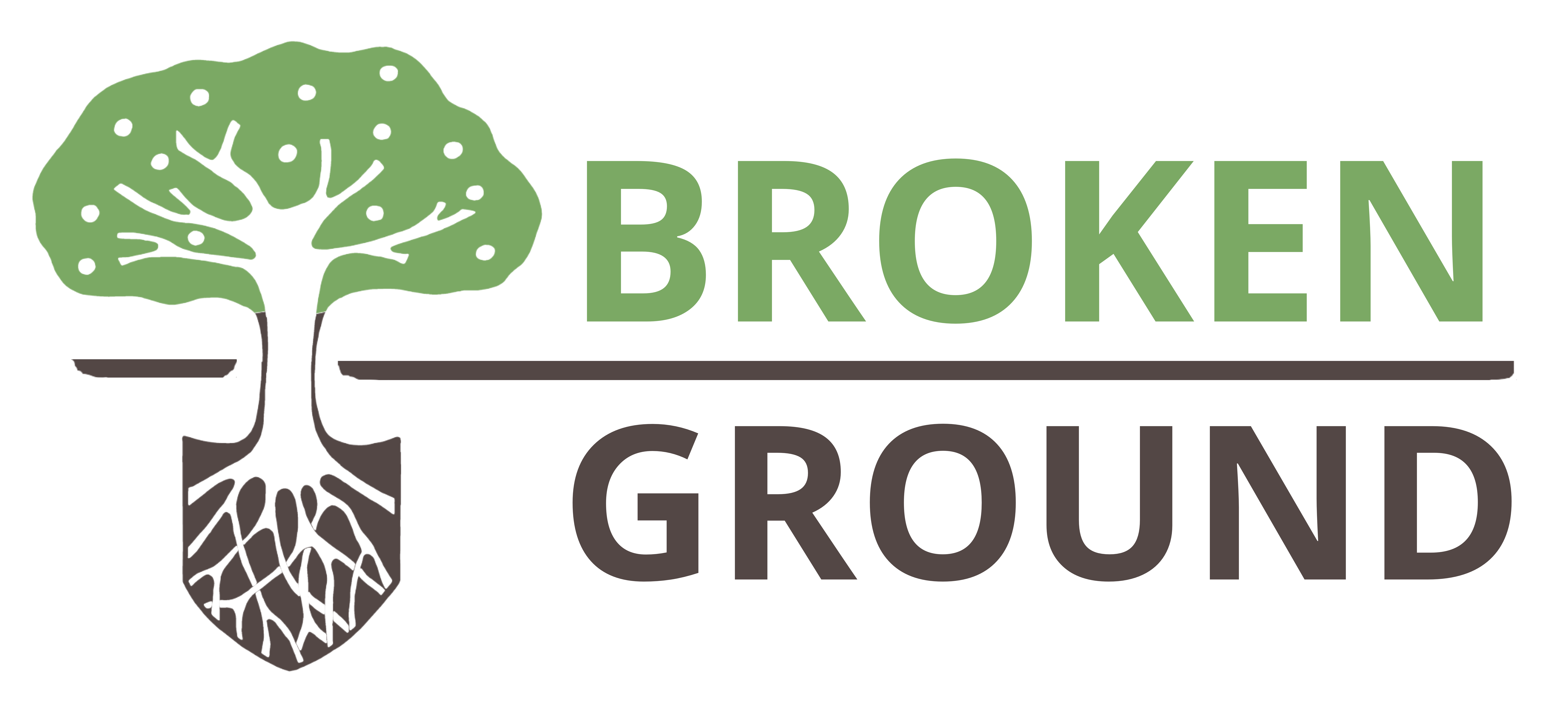If you haven’t seen vole damage in your yard or garden this spring, consider yourself lucky! The sustained snow over our long winter created the perfect environment for these voracious rodents to nibble on shrubs, trees, and perennial plants with impunity! It’s definitely disheartening to see years of growth disappear over the winter. As I like to remind people, gardening is not for the faint of heart. Failures abound! It’s yet another way to test our resilience muscle.
As you’ll see in the video below, I share some of the damage that voles have done this year to my shrubs. Since making this video, all of the snow has melted and I’m seeing damage in other parts of the garden and food forest as well. In a way, after ten years on our homestead, I’m viewing this as a time of renewal and possible redesign. But that’s my attitude on positive days. Other days, I’m less generous and use nothing but expletives to describe those little buggers!
In the video, I also cover some strategies that I’ve heard to be effective at managing voles including:
- Cats – This is the most effective strategy by far. I explain why I don’t have one in the video.
- Mouse traps – I put the traps in small wooden boxes with an entrance so as to prevent birds from getting trapped.
- Sonic spikes – These work for some gardeners but haven’t been as effective for me.
- Creating raptor or snake habitat if that’s appropriate for your site.
Given the damage this year, my plan is to try any and all strategies and hope to make a dent in the population. Earlier in my homesteading life, I probably would have taken this setback with a lot less grace. Over the years, I’ve learned that this is the dance we engage in every season when we’re in relationship with the land and all of the creatures who inhabit it.
Ultimately, skyrocketing rodent populations are indicative of a larger ecosystem that is out of balance. We’ve lost our predators in more urban environments through development, habitat loss and human population growth. The conversation I continue to have is how we can play a part in bringing that back into balance.

